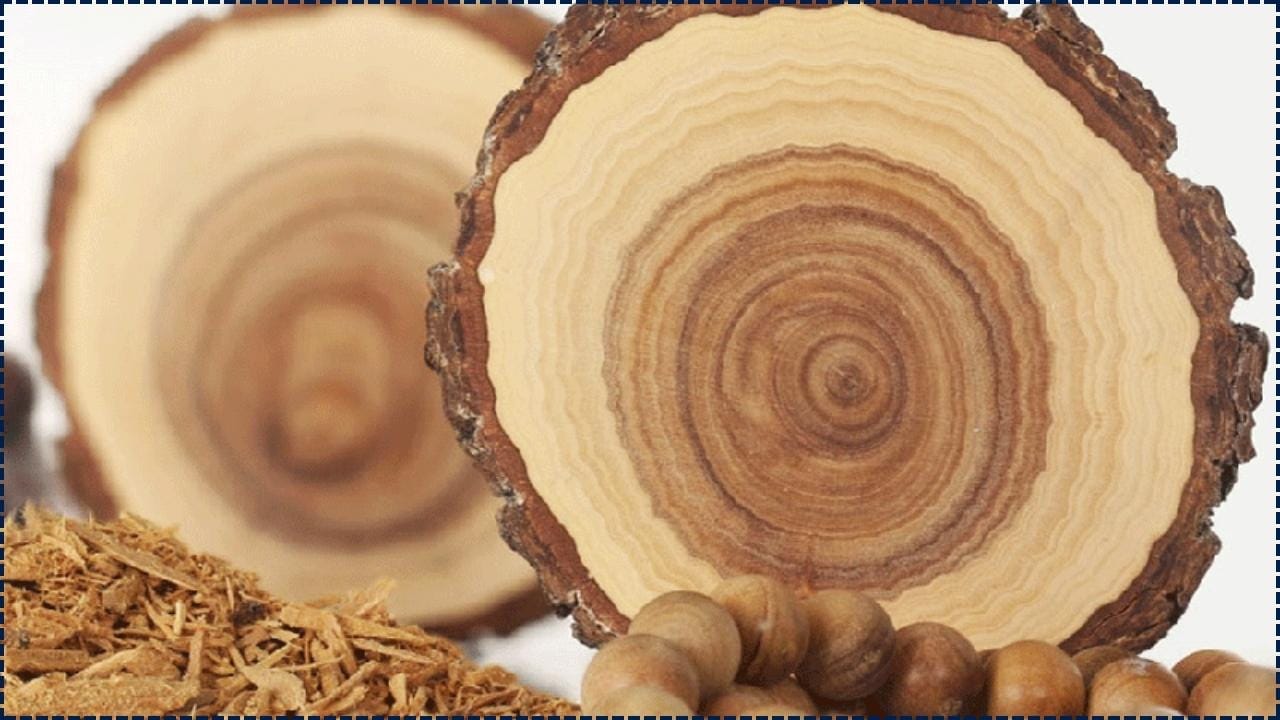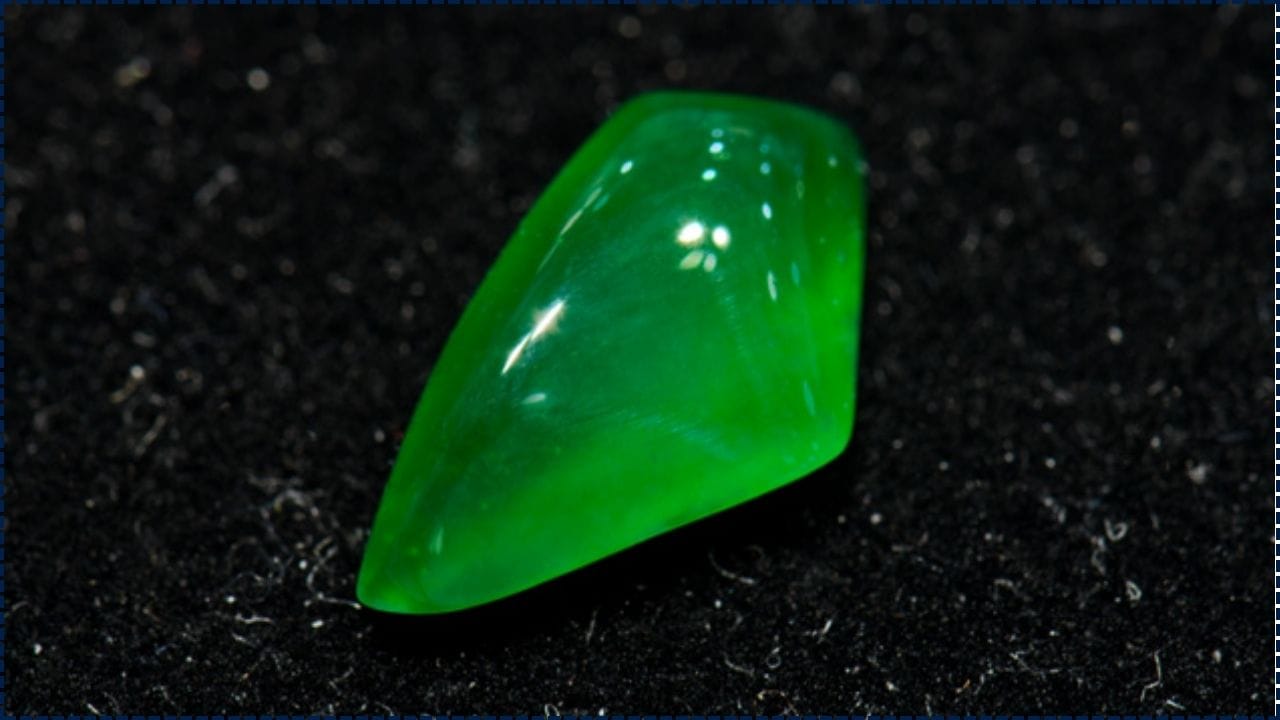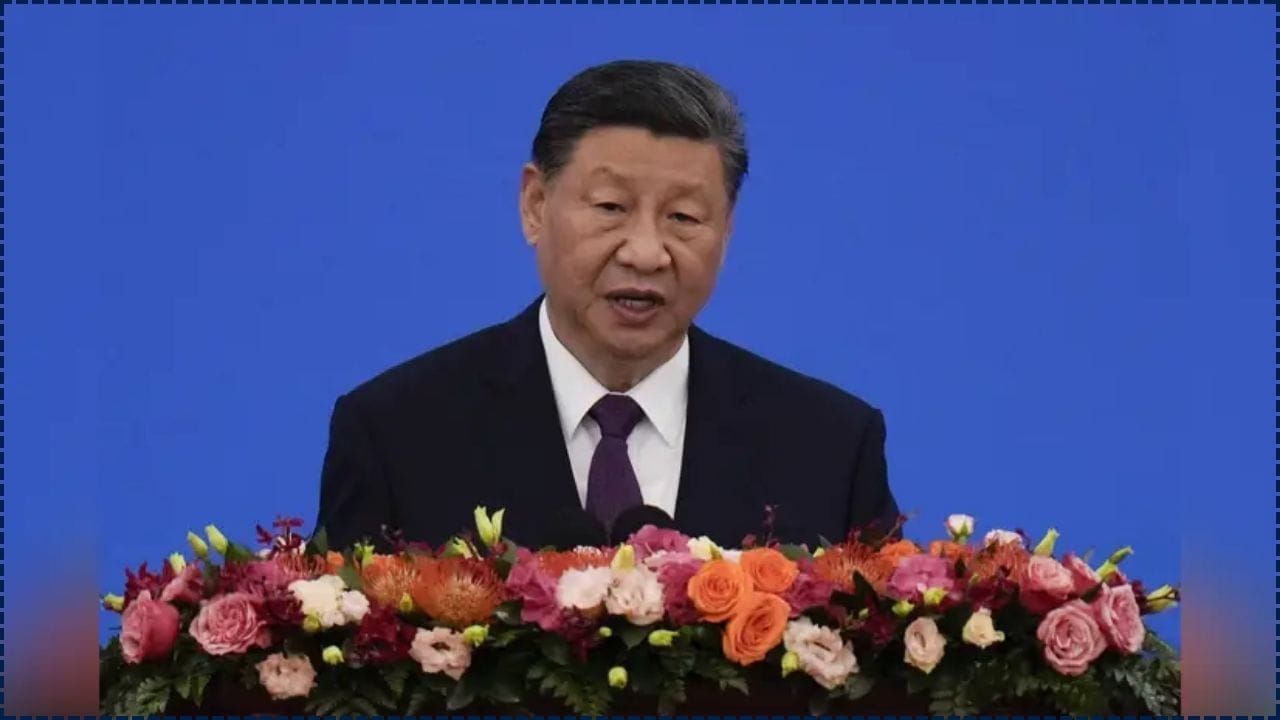In a discovery that feels like a gift from the heart of our planet, scientists have uncovered evidence that Earth’s core may be sharing traces of precious metals, like gold, platinum, and ruthenium, with the mantle above. Deep beneath our feet—some 1,800 miles down where molten forces shape our world—the blazing core might be gently releasing these treasures into the rocky mantle, offering a glimpse into the dynamic beauty of Earth’s inner workings. This revelation, stirring awe among geologists and dreamers alike, invites us to reimagine our connection to the planet and its resources, fostering a deeper appreciation for the delicate balance that sustains life.
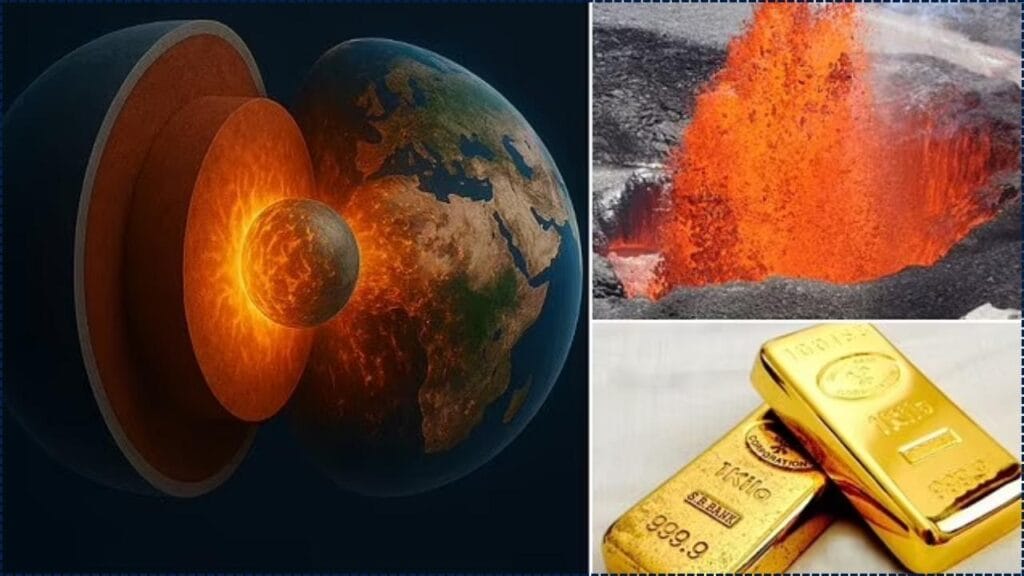
This isn’t just a tale of buried treasure; it’s a story grounded in human curiosity and scientific dedication. Geochemists from the University of Göttingen in Germany, studying volcanic rocks from the vibrant landscapes of Hawaii, found traces of ruthenium-100, a rare isotope typically cradled in the Earth’s metal-rich core. The presence of this element in surface rocks hints at a profound process stirring deep within our planet, as if Earth itself is sharing its ancient secrets. This discovery sparks hope—not just for understanding how precious metals move through our world, but for inspiring sustainable ways to steward Earth’s resources, uniting communities in a shared mission to protect our home for future generations.
Earth’s Core May Be Leaking Gold Into the Mantle
| Aspect | Details |
|---|---|
| Main Discovery | Evidence suggests Earth’s core may be leaking precious metals like gold into the mantle. |
| Key Indicator | Elevated levels of ruthenium-100 found in Hawaiian volcanic rocks. |
| Lead Institution | University of Göttingen, Germany |
| Published In | Nature Journal |
| Methodology | Isotope geochemistry study of mantle plumes, particularly in hotspot regions like Hawaii. |
| Implication | Challenges old theories that the Earth’s core is geochemically isolated. Could rewrite how we understand metal deposits and mantle-core interaction. |
| Potential Uses | Resource exploration, geologic modeling, refining theories of Earth’s formation, and advancing planetary science. |
Scientists have uncovered compelling evidence that Earth’s core may be leaking precious metals into the mantle, a finding that could rewrite geology textbooks and revolutionize our search for natural resources. Using isotope geochemistry and volcanic data from Hawaii, researchers traced the unusual presence of ruthenium-100 to deep planetary sources. This revelation strengthens emerging theories about core-mantle exchange and opens new paths for planetary science and mineral exploration.
The Science Behind the Shine
Core vs. Mantle: A Quick Primer
Imagine Earth as a nurturing, layered home, sustaining every living thing with its intricate design. At its heart lies a solid inner core, surrounded by a liquid outer core, a thick, flowing mantle, and the hard outer crust where humanity thrives. For years, scientists thought the core was a distant, sealed-off realm, untouched by the vibrant layers above. But a groundbreaking discovery is weaving a new story, one that speaks to our shared connection with the planet and its ancient, dynamic pulse.
This research reveals a surprising truth: elements like ruthenium-100, believed to have settled deep in Earth’s core billions of years ago, are now appearing in volcanic rocks on the surface. This finding suggests that our planet is far more alive and interconnected than we ever imagined. Deep within, materials are stirring, rising, and linking the core to the crust where we walk, farm, and build our lives. For scientists, explorers, and dreamers alike, this discovery invites us to marvel at Earth’s restless spirit and inspires us to protect our shared home, knowing its depths are in constant conversation with the surface that sustains us all.
What’s Ruthenium-100 Got to Do With It?
Ruthenium-100 isn’t just some obscure science term. It’s a heavy, siderophile (iron-loving) element that’s rarely found near the surface. During Earth’s infancy, most siderophile elements sank into the core as the planet differentiated. So, if you’re finding this kind of stuff in lava rocks today, it strongly points to a core-derived source.
To put it in everyday terms: it’s like finding New York pizza in the middle of Kansas—you know it had to travel a long way to get there. That makes ruthenium-100 a unique tracer for geological sleuths trying to uncover Earth’s hidden pathways.
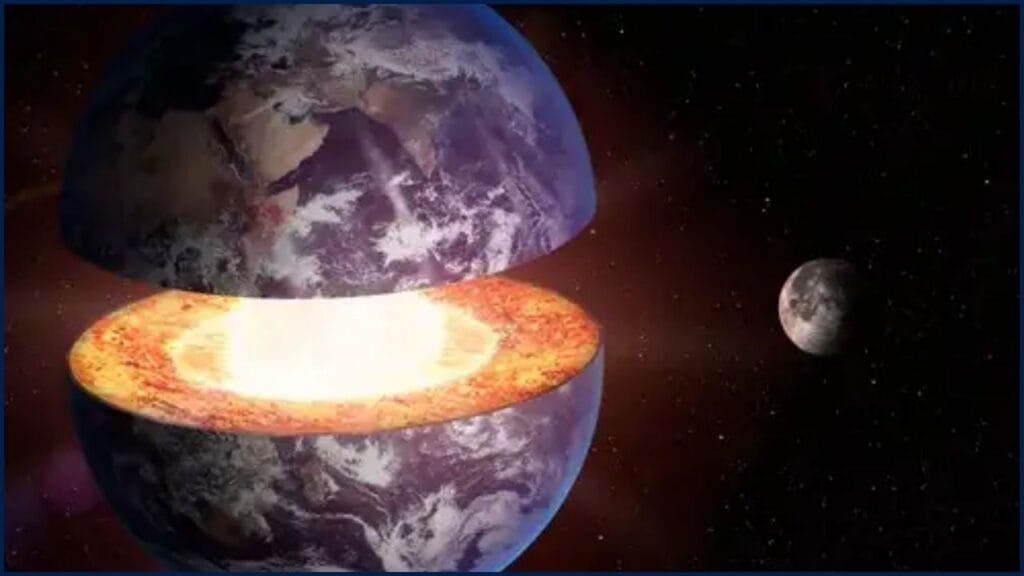
How the Core Might Be Leaking
Enter the Mantle Plumes
The big players in this gold-leaking story? Mantle plumes. These are enormous upwellings of superheated rock that rise from the boundary between Earth’s core and mantle. Think of them like cosmic lava lamps, bubbling up for millions of years and sometimes breaking through the crust as volcanic hotspots—like the ones under Hawaii and Iceland.
Scientists believe these plumes act like geological elevators, slowly ferrying material from the deepest parts of the planet toward the surface. Over immense timescales, core-derived metals may hitch a ride with these rising plumes, subtly mixing into the mantle and eventually erupting in volcanic flows.
The Evidence Adds Up
When researchers analyzed Hawaiian lava rocks, they found higher-than-expected levels of ruthenium-100—way more than you’d expect from standard mantle sources. And since this couldn’t be chalked up to surface contamination or shallow processes, the only explanation that made sense was a deep, deep origin.
Further analysis ruled out other potential sources, confirming that this isotope was not from recycled crustal material or meteorites. Instead, the signature matches what would be expected if some of the metal-rich material from the core was leaking upward. Yep, Earth’s heart might just be giving us golden gifts.
Why This Discovery Is a Big Deal
1. It Changes Our Understanding of Earth’s Evolution
For years, textbooks taught that the core and mantle were like oil and water—separate and not mixing. But this study adds weight to the growing theory that Earth’s layers may interact in complex ways. This could reshape how we model everything from planetary cooling to magnetic field generation.
2. It Could Help in Finding Gold Deposits
From a practical standpoint, this discovery could revolutionize the way mining companies and geologists search for metals. If gold and platinum are more common in mantle-sourced rocks than previously thought, then volcanic regions could be richer hunting grounds than we imagined.
Exploration efforts could shift focus to regions with known mantle plume activity—think places like Hawaii, Iceland, and Yellowstone—giving us new maps for natural resource exploration.
3. It Brings New Tools to Planetary Science
This discovery doesn’t just apply to Earth. The same geochemical processes could be occurring on other terrestrial planets and moons. That makes these findings useful for NASA, ESA, and other space agencies trying to understand what lies beneath the crust of Mars, the Moon, and even distant exoplanets.
4. It Offers Clues About Earth’s Magnetic Field
Since the core is responsible for generating Earth’s magnetic field through convection of liquid iron and nickel, this core-mantle material exchange could also influence how the magnetic field changes over time. That could help explain phenomena like pole reversals and field weakening.
Related Links
Astronomers Detect Bizarre Repeating Signals From Space — Unlike Anything Ever Seen Before
Mysterious ‘Ghost’ Lineage Discovered In Tibet — DNA Study Reveals Ancient Human Secrets
Practical Takeaways for Pros and Curious Minds
- For Geologists: Time to dust off those mantle models and consider deeper metal migration in future surveys.
- For Students: This is geology with a twist—it’s dynamic, modern, and definitely not boring. Stay curious.
- For Miners/Investors: Keep your eyes on new exploration zones near mantle hotspots. Opportunity might be bubbling up.
- For Educators: A perfect real-world example to bring into classrooms to show how science constantly evolves.
Final Thoughts: From the Ancestors to the Atom
In many Native American traditions, the Earth isn’t just a planet. She is alive, conscious, and sacred. Known as “Mother Earth,” she is a giver of life and wisdom. The idea that her core may be offering up rare and ancient treasures connects beautifully with the indigenous belief that Earth is not just something we stand on, but something we are in relationship with.
This discovery is more than just a scientific milestone; it’s a reminder of how much we still have to learn from the world beneath our feet. The Earth, even after billions of years, still has stories to tell, elements to share, and secrets waiting to be uncovered.
FAQs
Q1: Is the core literally leaking gold?
A: Not like in cartoons or pirate movies. But yes, trace amounts of precious metals from the core may be slowly migrating upward through mantle plumes over millions of years.
Q2: How can they tell where the ruthenium came from?
A: Isotopic ratios act like a fingerprint. Ruthenium-100 is rare on the surface and more typical of the core’s geochemical profile.
Q3: Could this make gold cheaper?
A: Probably not in your lifetime. The process is slow, and the quantities reaching the surface are still very low. But it could improve how we search for deposits.
Q4: Can this affect us today?
A: Directly, no. But it has long-term effects on how we understand Earth’s geology, mineral wealth, and even planetary science.
Q5: Could this help with space exploration?
A: Absolutely. Knowing how planetary interiors behave could inform missions to other planets and guide where we might find similar resources.


